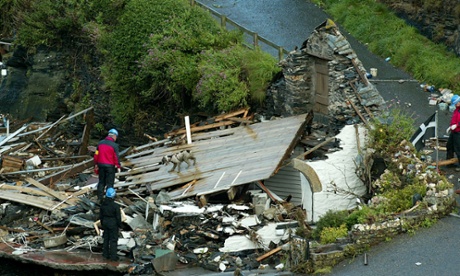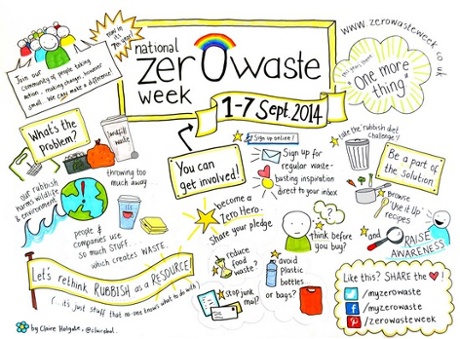Thursday, 28 August, 2014
I refer to the letter by Chan Fung-chun (“Superficial platitudes on waste [1]”, August 26) berating Elvis W. K. Au, assistant director of environmental protection, on the limited landfill space in Hong Kong.
Having just returned from my home in Jersey, in the Channel Islands, for a summer holiday, I was perplexed and interested in the similar situation there regarding a recently constructed energy-from-waste incinerator. The disposal of the waste ash does not seem to have been properly addressed.
A report in the Jersey Evening Post [in 2012] said the island may require an additional reclamation site “if a solution is not found to deal with the island’s toxic ash”.
This ash came from burning waste in the incinerator. It was buried in lined pits that were close to capacity.
The paper said that “the move has sparked strong criticism from environmental campaign groups, who fear that the toxic substance could eventually leak into the sea”.
This is becoming a major problem for the tiny island of Jersey, and I have been following the for-and-against arguments for our own incinerator here in Hong Kong with the proposed siting in Shek Kwu Chau.
For Jersey, it may well be that there will be two islands soon, one for the inhabitants and one, getting increasingly large every year, for the toxic waste.
Peter Keeping, Causeway Bay
http://www.scmp.com/comment/letters/article/1581270/letters-editor-august-28-2014
dynamco Aug 28th 2014
6:33am
Jersey
www.gov.je/News/2013/pages/IncineratorAshExport.aspx
In September TTS started the tender process for the export of air pollution control residue (APCr), this is now well underway. Jersey will be exporting both IBA and APCr, thereby reducing the harmful elements stored in the ground. The Transport & Technical Services Minister, Deputy Kevin Lewis, said “When I became Minister I said I did not want to leave this material at La Collette as a legacy for future generations.” (HINT!)
www.bbc.com/news/world-europe-guernsey-17117050
“Plans to invest in increasing recycling/pursuing the option of exporting Guernsey’s waste have been approved”
HKG ENB officials were impressed with NIMBY incineration method in Sweden- which imports trash to burn to keep its incinerators operational, then it ships the toxic ash back to the trash origin.
In HKG’s case, we are repeatedly told our landfills are almost full. Yet we have no source separation of waste legislation, we have no Govt organised collection of voluntarily separated recyclables o/s housing estates, our alleged recycling figures are ‘cooked’ as revealed when Operation Green Fence stranded imported transit trash ‘recycling stats’ intended for China,here.
So our Govt will have to beg for the building of HKG’s own ‘Pulau Semakau’ island in the sea as the new ash lagoons. Unlike Singapore, HKG is in a typhoon area & no doubt the future super typhoons will wash everything into the sea.
Great thinking – NOT.
 Mohamed Al Fayed opposed the incinerator
Mohamed Al Fayed opposed the incinerator
